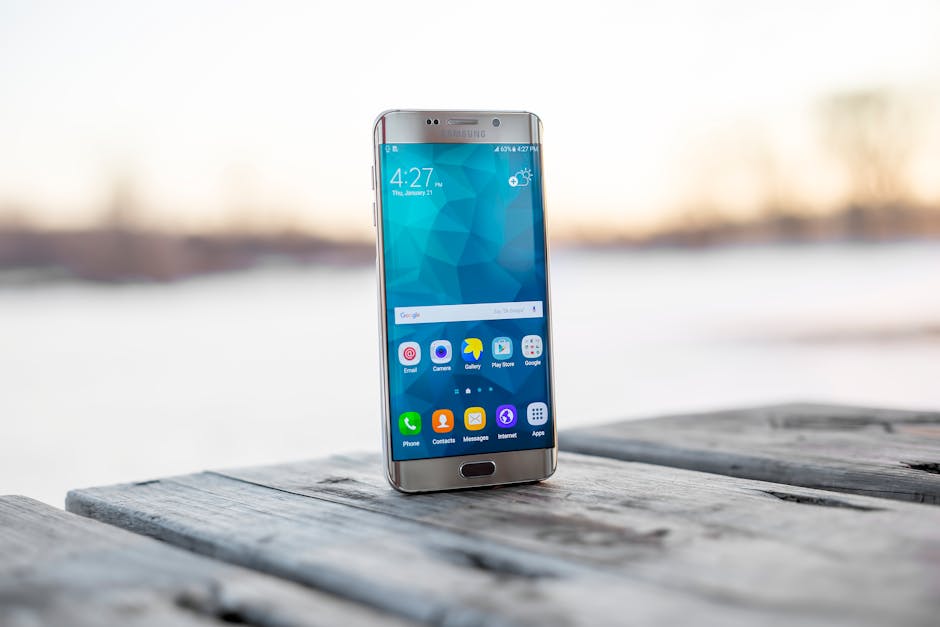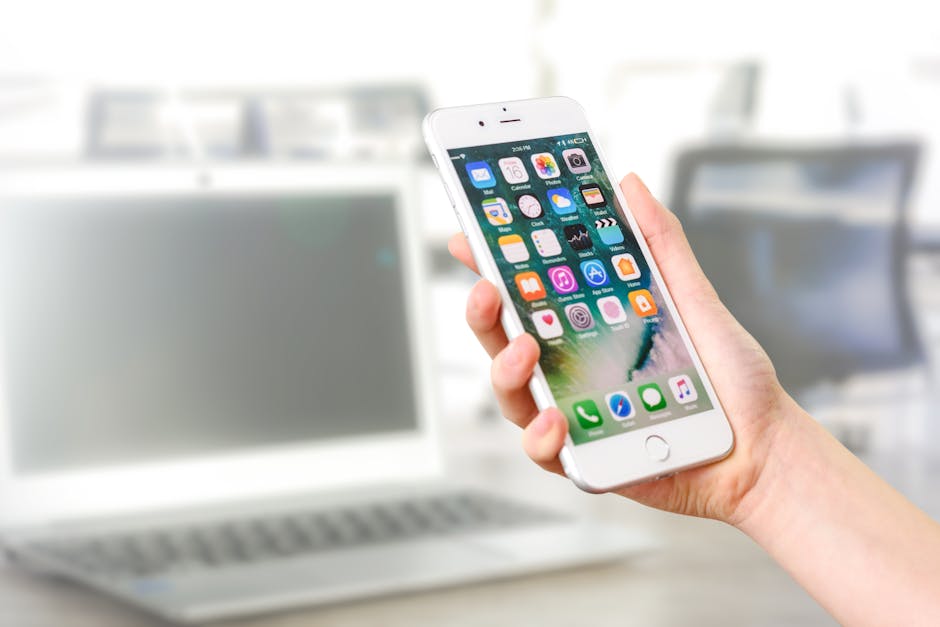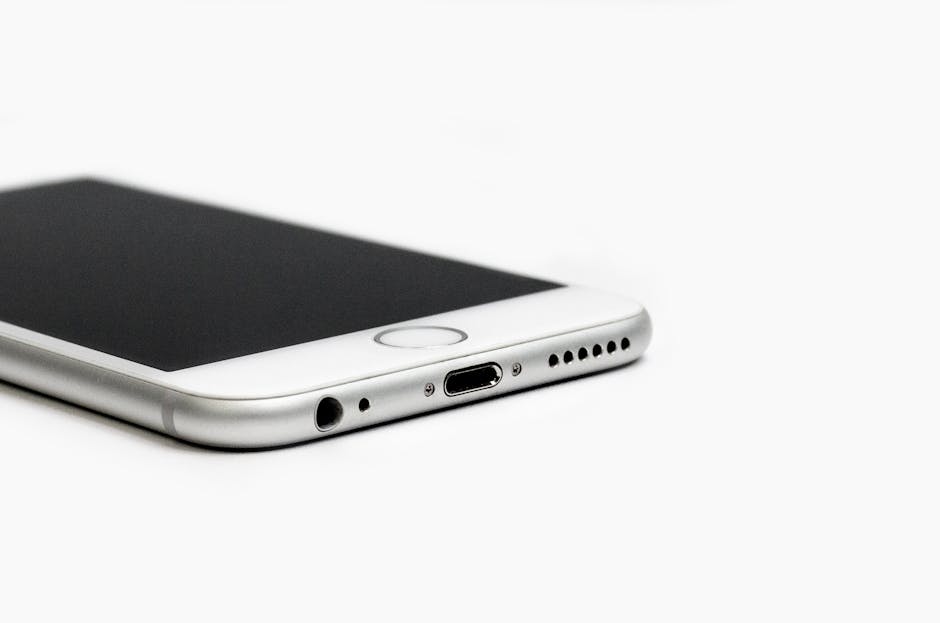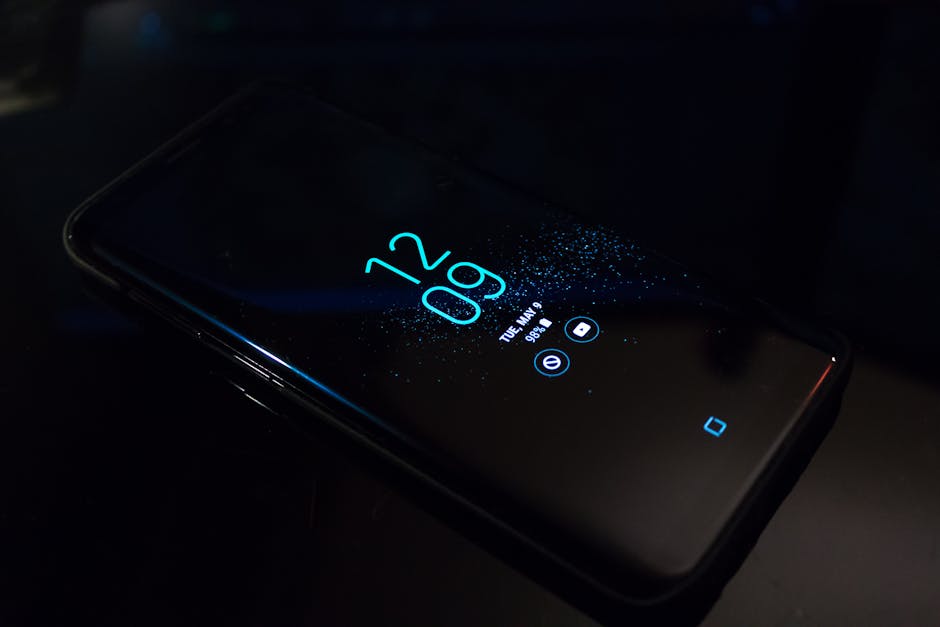Your iPhone is more than just a phone; it’s your mobile hub for everything. Giving it a personalized name makes it easier to identify on networks, Bluetooth devices, and when backing up to iCloud. Renaming your iPhone is a quick and simple process that can improve your overall device management and even add a touch of personalization. Let’s explore how to make this change in a few easy steps.
Why Rename Your iPhone? Understanding the Benefits
Renaming your iPhone offers several advantages, enhancing both functionality and security. It’s not just about aesthetics; it’s about organization and clarity.
Easy Identification: When connecting to Wi-Fi, Bluetooth devices (like AirPods or car systems), or using AirDrop, a clear name helps you quickly identify your device among others.
iCloud Backups: When managing multiple Apple devices, distinct names in iCloud ensure you select the correct device when initiating a backup or restoring from one.
Security: In certain situations, a generic name might make your device a less appealing target. A more descriptive name can add a layer of obscurity.
Personalization: Beyond practical reasons, renaming your iPhone allows you to add a personal touch, reflecting your style or simply making it easier to remember.
Step-by-Step Guide to Renaming Your iPhone
Renaming your iPhone is a straightforward process that can be completed within a few minutes. Here’s a detailed guide:
Method 1: Renaming Through the Settings App
This is the most common and direct method for renaming your iPhone.
- Open the Settings App: Locate the Settings app icon on your home screen (it’s usually a grey gear icon) and tap to open it.
- Navigate to General: Scroll down and tap on “General.” This section contains settings related to your iPhone’s overall operation.
- Select “About”: Within the General settings, tap on “About.” This screen displays information about your iPhone, including its name, software version, and serial number.
- Tap on “Name”: At the top of the About screen, you’ll see the current name of your iPhone. Tap on it to edit it.
- Enter Your New Name: A keyboard will appear. Delete the existing name and type in your desired new name for your iPhone.
- Tap “Done”: Once you’ve entered the new name, tap “Done” on the keyboard. The new name will now be displayed in the About section and will be used when your iPhone connects to networks and devices.
Method 2: Renaming Through iTunes (for Older iOS Versions)
While less common now, if you’re using an older version of iOS or prefer using iTunes, you can rename your iPhone through the application. This method is particularly useful if you’re using a computer to manage your device’s backups and settings.
- Connect Your iPhone to Your Computer: Using a Lightning cable (or USB-C for newer models), connect your iPhone to your computer.
- Open iTunes (or Finder on macOS Catalina and later): If you’re using Windows or an older version of macOS, open iTunes. If you’re using macOS Catalina or later, open Finder.
- Locate Your iPhone: In iTunes, your iPhone icon will appear near the top left of the window. In Finder, it will appear in the sidebar under “Locations.” Click on your iPhone’s icon.
- Click on the Device Name: In the summary section, you’ll see the current name of your iPhone. Click on the name to make it editable.
- Enter Your New Name: Type in your desired new name for your iPhone.
- Press Enter or Click Elsewhere: Press the “Enter” key (or click anywhere else on the screen) to save the new name. Your iPhone’s name will now be updated.
Troubleshooting Common Renaming Issues
While renaming your iPhone is generally simple, you might encounter a few issues. Here’s how to troubleshoot them.
Name Not Updating: Sometimes, the new name might not immediately reflect across all devices and services. Try restarting your iPhone to force the changes.
iCloud Sync Issues: If you’re experiencing iCloud sync issues after renaming, ensure you’re signed in to iCloud with the same Apple ID on all your devices. Also, check your iCloud storage to make sure you have enough space.
Bluetooth Connection Problems: After renaming, your iPhone might have trouble reconnecting to previously paired Bluetooth devices. Try forgetting the device in your Bluetooth settings and then re-pairing it.
Character Restrictions: The iPhone name has certain character restrictions. Avoid using special characters or symbols that might cause errors. Stick to alphanumeric characters and spaces.
Best Practices for Choosing an iPhone Name
Selecting a suitable name for your iPhone can improve its usability and security. Here are some best practices to consider.
Be Descriptive: Choose a name that clearly identifies your device. Consider including your name or initials to differentiate it from other iPhones in your household.
Avoid Personal Information: While being descriptive is helpful, avoid including sensitive personal information like your full address or date of birth.
Keep it Concise: A shorter name is easier to read and remember. Aim for a name that is both descriptive and brief.
Use Consistent Naming Conventions: If you have multiple Apple devices, use a consistent naming convention to keep them organized. For example, “John’s iPhone 14 Pro” and “John’s iPad Air.”
- Update Regularly: If you upgrade your iPhone, update the name accordingly to reflect the new device.
Renaming your iPhone is a simple yet valuable task that can significantly improve your device management. By following these steps and best practices, you can ensure your iPhone is easily identifiable, secure, and personalized to your preferences. Take a few minutes today to rename your iPhone and experience the benefits firsthand!






